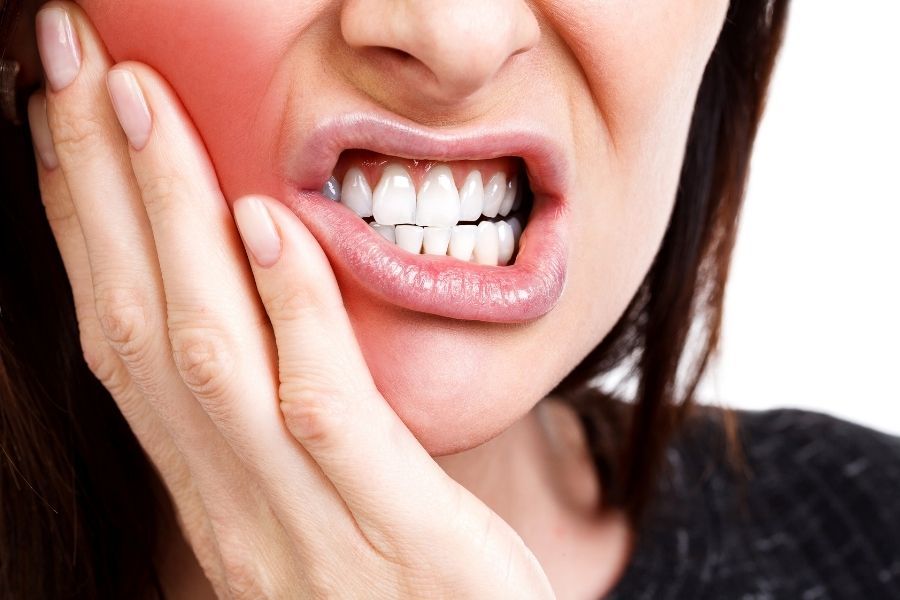Dental injuries can be stressful and potentially serious, but knowing how to respond can make a significant difference. Whether you’ve chipped a tooth, suffered a crack, or had a tooth knocked out, prompt treatment is key to minimize damage. This guide explores some common dental injuries, what you can do in these situations, and how an emergency dentist can help.
What Are the Most Common Types of Dental Injuries?
Dental injuries can happen unexpectedly during sports activities, accidents, or even while eating. Knowing the most common types can help you identify the severity of your situation:
- Knocked-Out Tooth (Avulsed Tooth): This occurs when a tooth is completely uprooted from its socket. It’s one of the most severe dental injuries and requires immediate attention.
- Chipped Tooth: A small piece of the tooth enamel breaks off, often resulting from biting something hard or an impact to the face.
- Cracked Tooth (Fractured Tooth): Cracks can range from minor surface lines to deep fractures that expose the pulp inside the tooth.
- Tooth Intrusion: This occurs when a tooth is pushed deeper into its socket, often seen in traumatic injuries.
- Soft Tissue Injuries: These include cuts or tears to the lips, gums, or tongue.
If a dental injury occurs, promptly assessing the situation and seeking professional care from an emergency dentist can significantly affect the outcome.
Can a Knocked-Out Tooth Be Saved and Reimplanted?
A knocked-out tooth can often be saved if you act quickly. The first step is to locate the tooth and handle it carefully by the crown (the top part), avoiding contact with the root to prevent further damage. If the tooth is dirty, rinse it gently under lukewarm water. Avoid scrubbing or using soap, as this can harm the delicate root.
If possible, try to reinsert the tooth into its socket immediately. Gently place it back and hold it in place with gauze or a clean cloth while you make your way to a dentist. If reinserting the tooth isn’t an option, keep it moist by storing it in a container of milk or saliva, which helps protect the root. Time is imperative. Visit an emergency dentist within 30 to 60 minutes for the best chance of saving the tooth.
How Do Dentists Respond to a Chipped or Cracked Tooth?
Chipped or cracked teeth are common injuries, and the severity determines the treatment approach. Here’s how a dentist might respond:
Chipped Tooth:
- For minor chips, the dentist may polish the edges to smooth the surface.
- For larger chips, dental bonding or a porcelain veneer may be used to restore the tooth’s appearance and function.
Cracked Tooth:
- Superficial cracks, such as craze lines, are often harmless and may not require treatment.
- Moderate cracks may be treated with bonding or a crown to reinforce the tooth.
- Severe cracks that reach the pulp might require a root canal to prevent infection and save the tooth.
- If the crack is too severe, extraction may be necessary, followed by a replacement option like a dental implant.
Don’t ignore chipped or cracked teeth, even if they seem minor. Left untreated, fractures can worsen over time, leading to pain or infection.
Visit an Emergency Dentist
When dental injuries strike, acting quickly is key to protecting your oral health and preventing further complications. From knocked-out teeth to chipped and cracked enamel, an emergency dentist is equipped to provide the timely care you need. Schedule an appointment with our experienced emergency dental team. We’re here to provide expert care and get you smiling confidently again!









Leave a Reply